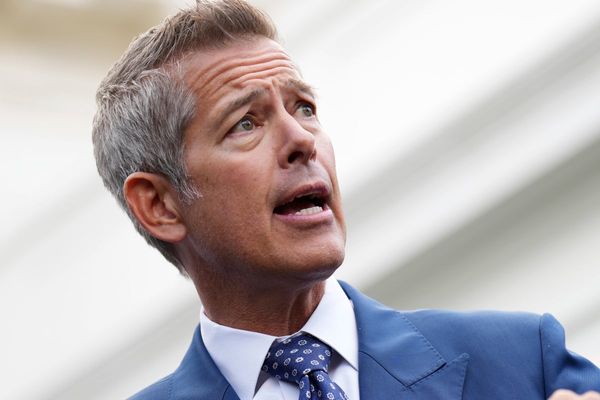The story so far: The President has appointed Gyanesh Kumar and Sukhbir Singh Sandhu, both retired IAS officers, as Election Commissioners (ECs) to fill up two vacancies in the three-member Election Commission of India. The two officials are the first to be appointed under the new law governing appointments to the constitutional body, the Chief Election Commissioner and other Election Commissioners (Appointment, Conditions of Service and Term of Office) Act, 2023.
How were the new ECs selected?
In terms of the new law, the two ECs were selected by a three-member Selection Committee, comprising Prime Minister Narendra Modi, Union Home Minister Amit Shah, and the Leader of the Indian National Congress in the Lok Sabha, Adhir Ranjan Chowdhury, as leader of the largest party in the Opposition. They were chosen out of a shortlisted panel of six names. The shortlisting was done by a committee which, according to the Act, is headed by the Union Minister for Law and Justice and includes two officials of the rank of Secretary to the government.
What was the process before this?
Article 324 of the Constitution vests the “superintendence, direction and control of elections” in an Election Commission. It also says the EC shall consist of the Chief Election Commissioner and such number of other Election Commissioners, if any, as the President may fix from time to time. This provision was subject to any law made in that behalf by Parliament. However, for nearly 40 years from the adoption of the Constitution, the EC only had a Chief Election Commissioner (CEC). It was not until October 1989 that it became a multi-member body. However, the appointment of two Election Commissioners was rescinded within a short time, that is on January 1, 1990.
A law was enacted in 1991 to fix the conditions of service of the CEC and the ECs, and amended in 1993. However, it did not provide for any appointment process. In the absence of any particular process being laid down by parliamentary law, the President has been appointing the CEC and ECs. The only known process is that the Law Ministry puts up a panel of names to the Prime Minister, who recommends the appointment of one of them as EC to the President. It had become a convention to appoint officials as ECs first and then, on the completion of the tenure of the CEC, the senior EC was elevated as CEC.
What did the SC rule on the process?
In Anoop Baranwal versus Union of India, a five-member Constitution Bench ruled that it was the intention of the makers of the Constitution that the power to appoint the CEC and other ECs was not meant to be given exclusively to the executive and that the power was to be exercised “subject to any law made by Parliament”. Noting that no such law was enacted since the inception of the Constitution, the court laid down an interim arrangement for the appointment. This was to operate until Parliament made its own law. The court said the appointments should be made by a three-member committee comprising the Prime Minister, the Leader of the Opposition in the Lok Sabha (or the leader of the party that is largest in the Opposition) and the Chief Justice of India. It was in response to this that Parliament enacted the 2023 Act, which received presidential assent and was notified late in December 2023.
What is the criticism against the Act?
The foremost criticism from those who have challenged the new Act is that it has removed the CJI from the selection panel and has made a Union Minister a member instead. This gives the executive a two-one majority in the three-member committee. The government has argued that the Act does not really remove the CJI from the appointment process, as the inclusion of the CJI was only a stop-gap arrangement put in place until the enactment of a law. The Supreme Court has repeatedly rejected attempts to obtain a stay on the new Act. The petitioners have approached the court again against the appointment of the two ECs. Their primary argument is that the Act violates the main principle in the Constitution Bench judgment — the need to free the appointment process from the executive.
- The President has appointed Gyanesh Kumar and Sukhbir Singh Sandhu, both retired IAS officers, as Election Commissioners (ECs) to fill up two vacancies in the three-member Election Commission of India.
- In terms of the new law, the two ECs were selected by a three-member Selection Committee, comprising Prime Minister Narendra Modi, Union Home Minister Amit Shah, and the Leader of the Indian National Congress in the Lok Sabha, Adhir Ranjan Chowdhury, as leader of the largest party in the Opposition.
- The foremost criticism from those who have challenged the new Act is that it has removed the CJI from the selection panel and has made a Union Minister a member instead. This gives the executive a two-one majority in the three-member committee.







